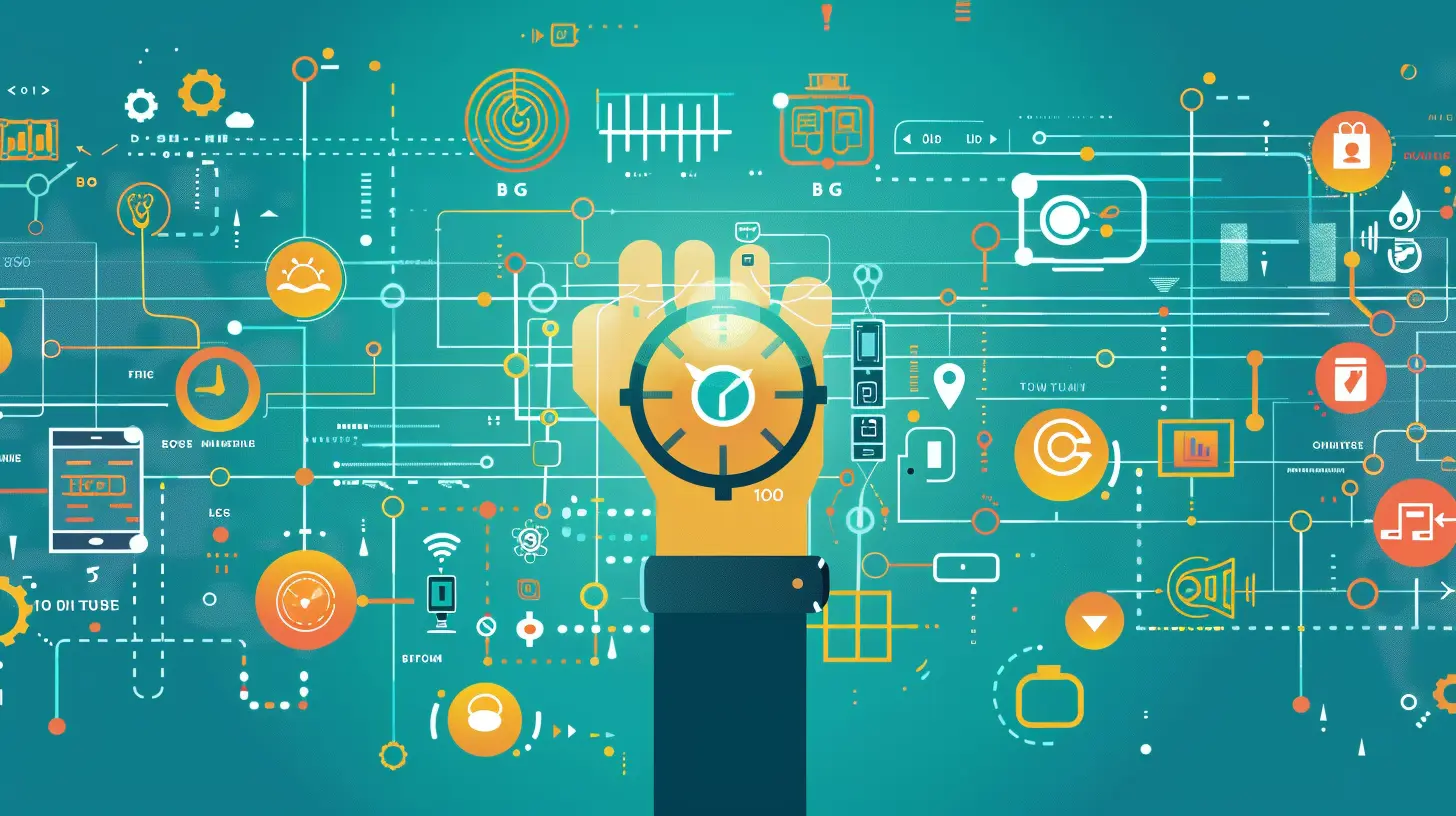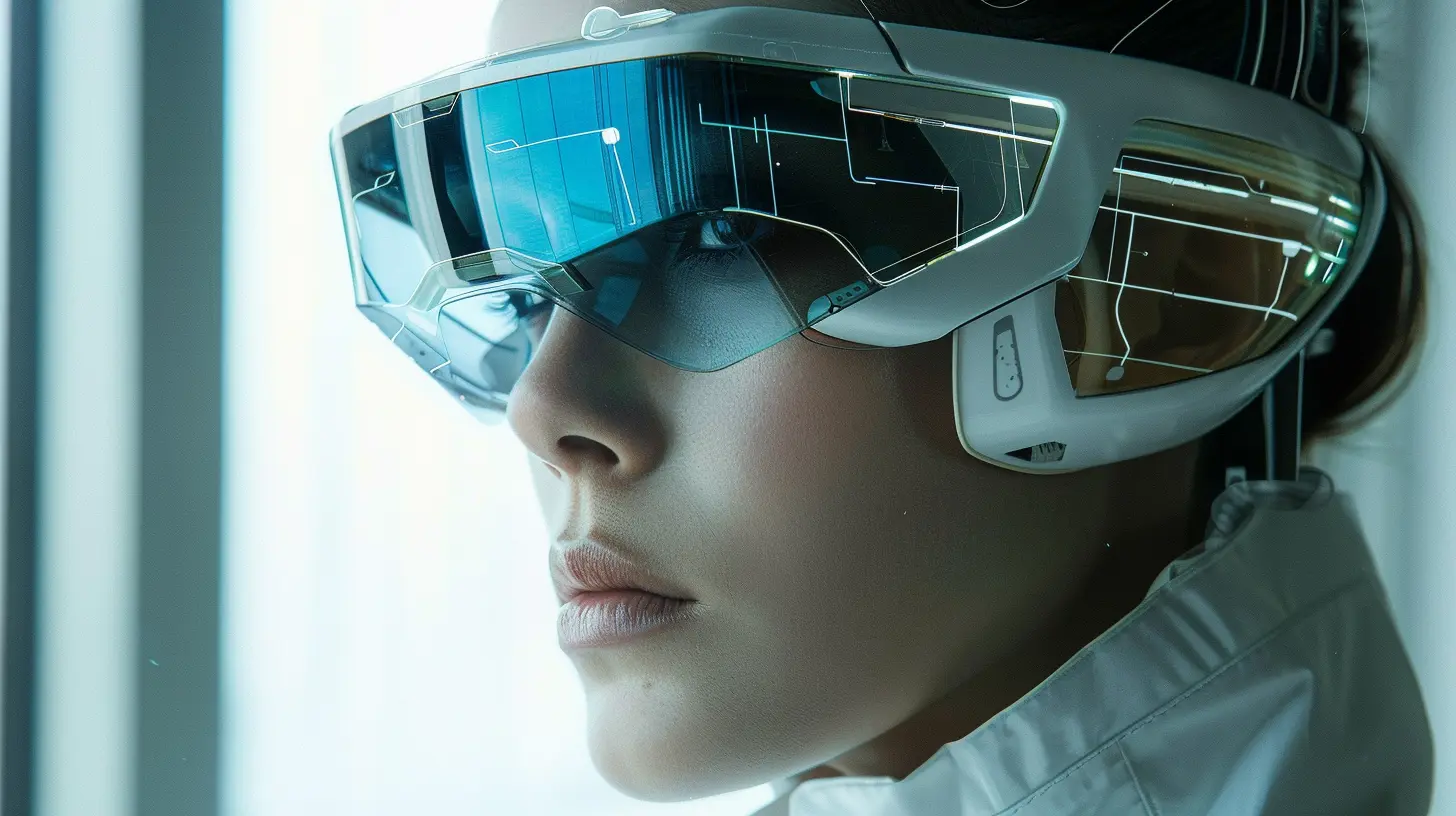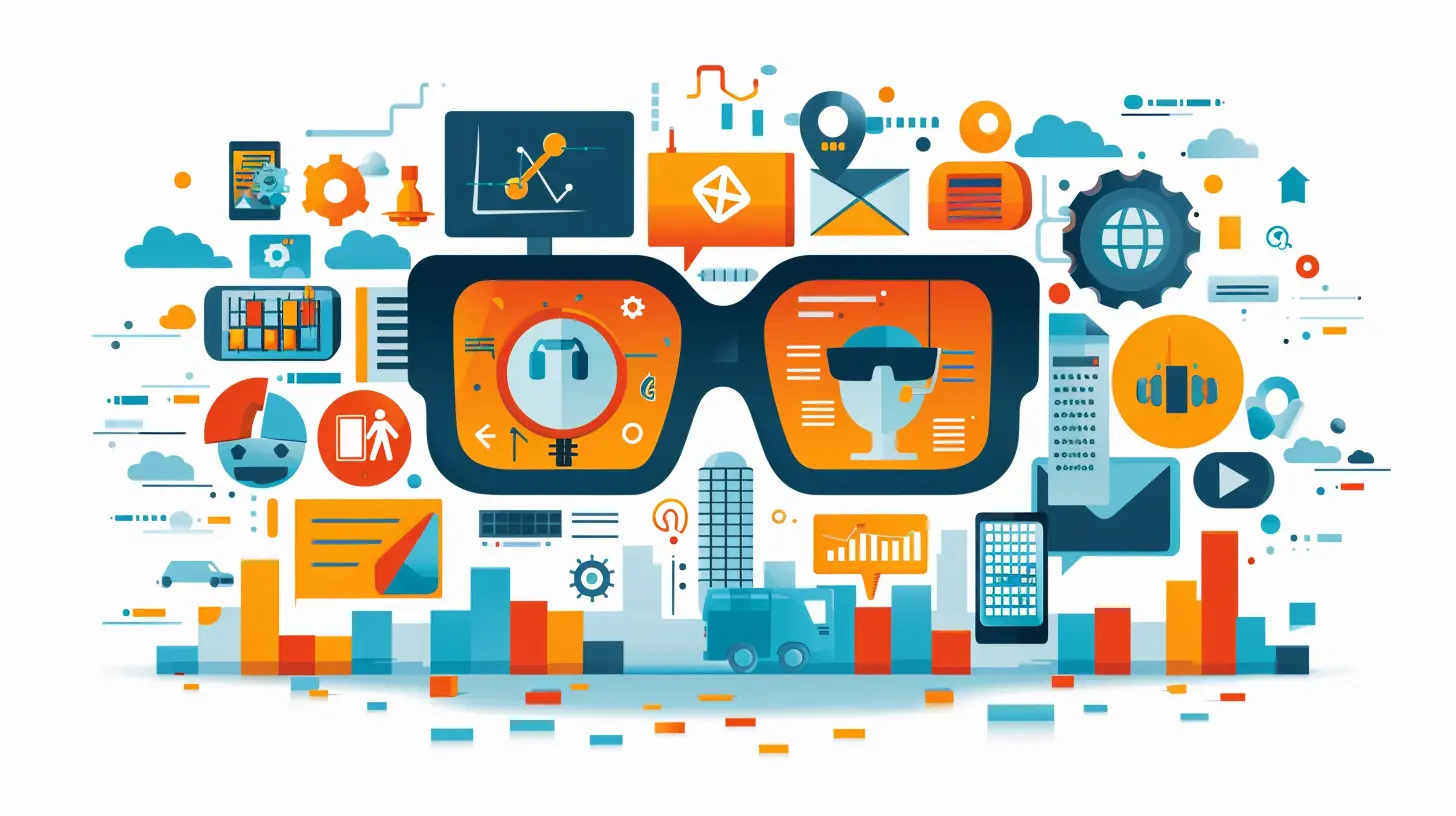The Role of Big Data in the Future of Wearable Tech
7 June 2025
We’re living in an age where our wristwatches do more than just tell time. From tracking our steps and monitoring our heart rates to even analyzing our sleep patterns, wearable tech has become the personal assistant we never knew we needed. But have you ever stopped to think about the real magic behind these gadgets? Spoiler alert: It’s not just the fancy sensors and sleek designs. It’s the data—big data, to be specific.
As wearable tech continues to evolve, it’s clear that big data isn’t just playing a supporting role; it’s stealing the spotlight. But how exactly is this massive influx of data shaping the future of wearable technology? Let’s dive in.

What Is Big Data?
Before we go any further, let’s clarify what we mean by “big data.” The term gets tossed around a lot, but in simple terms, big data refers to extremely large datasets that can be analyzed to reveal patterns, trends, and associations—especially relating to human behavior and interactions.In the context of wearables, big data is all the information your device collects about you. Every step you take, every calorie you burn, every hour you sleep—all that information gets stored and processed. The sheer volume of this data is mind-boggling, and it’s only going to grow as wearable tech becomes more sophisticated. But it’s not just about collecting data; it’s about how companies use it to improve our lives.

The Intersection of Wearable Tech and Big Data
Wearable tech and big data are like peanut butter and jelly; they work best together. On its own, wearable technology can only collect raw data. But when you combine that with the power of big data analytics, you unlock a world of possibilities.Think about it: Your smartwatch can track your heart rate, but it’s the analysis of that data over time that can reveal trends, predict potential health risks, and even recommend lifestyle changes. Big data transforms simple stats into actionable insights.
Enhanced Health Monitoring
The most obvious and immediate impact of big data in wearable tech is in healthcare. We’ve already seen wearables like the Apple Watch and Fitbit starting to play a role in preventive health care. But the future? It’s going to be even more groundbreaking.Imagine a world where your wearable doesn’t just tell you how many steps you’ve taken but can predict if you’re at risk for a heart attack based on years of collected data. Or what if your wearable could detect early signs of diabetes or cancer from subtle changes in your body’s metrics?
It sounds like science fiction, but it’s not that far off. By analyzing the massive amounts of data collected from millions of users, healthcare providers can identify patterns that would be impossible to spot otherwise. That’s the power of big data.
Personalized Experiences
We’ve all heard of personalized marketing, but big data is taking personalization to a whole new level. With wearables, companies can gather comprehensive insights into your habits, preferences, and health metrics. This data enables brands to tailor their products and services to serve you better.For example, fitness apps can recommend personalized workout plans based on your past performance. Nutrition apps can suggest meal plans tailored to your specific metabolic rate and dietary preferences. Even your smartwatch could one day provide customized notifications based on your stress levels or heart rate variations.
In short, big data is transforming wearable tech from one-size-fits-all to one-size-fits-YOU.
Real-Time Feedback and Analytics
Remember the days when you’d have to wait for your annual check-up to figure out how your health was doing? That’s old news. Thanks to big data and wearables, real-time feedback is not only possible but becoming the norm.Wearable devices are constantly collecting data, and through the power of big data analytics, they can give you instant feedback. Maybe your heart rate spikes during a run, and your smartwatch suggests slowing down. Or perhaps your sleep tracker notices you had a restless night and offers tips for improving your sleep routine.
This kind of immediate feedback would be impossible without big data. It’s like having a personal coach, nutritionist, and doctor all wrapped up in one tiny gadget on your wrist.

The Role of Artificial Intelligence (AI) in Big Data for Wearables
Of course, analyzing big data wouldn’t be possible without the help of artificial intelligence (AI). AI algorithms sift through the enormous datasets collected by wearable devices, finding patterns and drawing conclusions faster than any human ever could.AI doesn’t just analyze the data; it learns from it. The more data your wearable collects, the smarter the AI becomes. Over time, it can provide more accurate insights, better recommendations, and even predict potential health issues before they happen.
For example, AI can analyze your sleep data and notice that you tend to have trouble sleeping after consuming caffeine. Armed with this information, your wearable might start suggesting you cut back on coffee in the evenings.
AI is the engine that drives the big data revolution in wearables. It’s what takes raw data and turns it into something meaningful—and potentially life-changing.

Privacy Concerns: The Dark Side of Big Data
Of course, all this talk about big data and wearables wouldn’t be complete without mentioning privacy. The idea of companies collecting massive amounts of personal information can be a bit unsettling, and rightfully so.When you wear a device that tracks your health, you’re essentially allowing it to access intimate details about your life. This data can reveal everything from your daily routine to your stress levels, and in the wrong hands, it could be used for less-than-ethical purposes.
Companies that collect big data from wearables will need to ensure that they are protecting users’ privacy. This means being transparent about what data is being collected, how it’s being used, and who has access to it. It also means implementing robust security measures to prevent data breaches.
In the future, we’ll likely see stricter regulations around data privacy in wearables, especially as these devices become more integrated into our daily lives.
The Future of Wearable Tech
So, what does the future hold for wearable tech and big data? In a word: potential. We’re only scratching the surface when it comes to what these technologies can do together.As wearables become more advanced and big data analytics become more sophisticated, we can expect to see even more personalized and predictive health monitoring. Imagine a world where your wearable can detect a health issue before you even feel sick or where it can recommend lifestyle changes with pinpoint accuracy based on years of data.
But it’s not just healthcare. The future of wearable tech will likely extend to other areas of our lives. We could see wearables that help us manage stress, improve our productivity, or even enhance our social interactions.
Big data will also play a crucial role in advancing augmented reality (AR) and virtual reality (VR) wearables. Imagine a day when your AR glasses know your preferences so well that they can customize the virtual world around you in real-time based on your mood, energy levels, or even how much sleep you got the night before.
Conclusion
The marriage of big data and wearable tech is one of the most exciting developments in the tech world today. With the ability to collect, analyze, and act on massive amounts of data, wearables are becoming more than just cool gadgets—they’re becoming essential tools that can improve our health, productivity, and overall quality of life.However, as we move forward, we’ll need to address privacy concerns and ensure that this data is used responsibly. But one thing’s for sure: The future of wearable tech, powered by big data, is full of possibilities.
Wearables are no longer just about tracking steps; they’re about empowering us with the information we need to live our best lives. And big data is the key to unlocking that potential.
all images in this post were generated using AI tools
Category:
Tech TrendsAuthor:

Reese McQuillan
Discussion
rate this article
3 comments
Myles Romero
Thank you for this insightful article! It beautifully highlights the transformative potential of big data in wearable tech. As we embrace these innovations, it’s important to remember the human stories behind the numbers, ensuring that technology enhances our lives meaningfully and thoughtfully.
June 22, 2025 at 12:18 PM

Reese McQuillan
Thank you for your thoughtful comment! I completely agree—it's essential to keep the human aspect at the forefront as we integrate big data into wearable tech.
Delia Reyes
Great article! You’ve captured the exciting intersection of big data and wearable tech perfectly. It's inspiring to see how data can enhance user experiences and drive innovation in this field. Looking forward to future advancements! Keep up the fantastic work!
June 12, 2025 at 4:06 AM

Reese McQuillan
Thank you so much for your kind words! I'm glad you found the article inspiring. Exciting advancements are indeed on the horizon!
Aris Curry
Big data transforms wearables from tools to insights-driven partners.
June 7, 2025 at 11:44 AM

Reese McQuillan
Thank you for your insightful comment! Big data indeed elevates wearables, enabling them to provide meaningful insights that enhance user experiences and promote informed decision-making.



